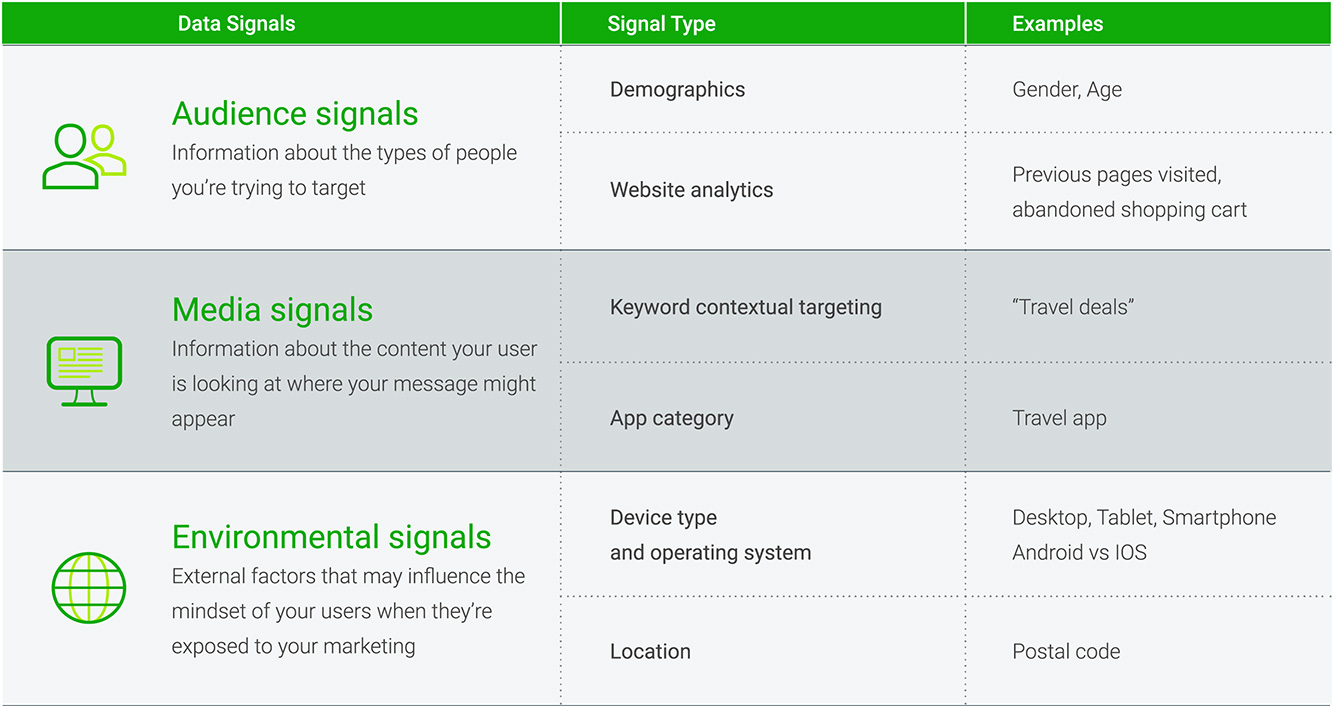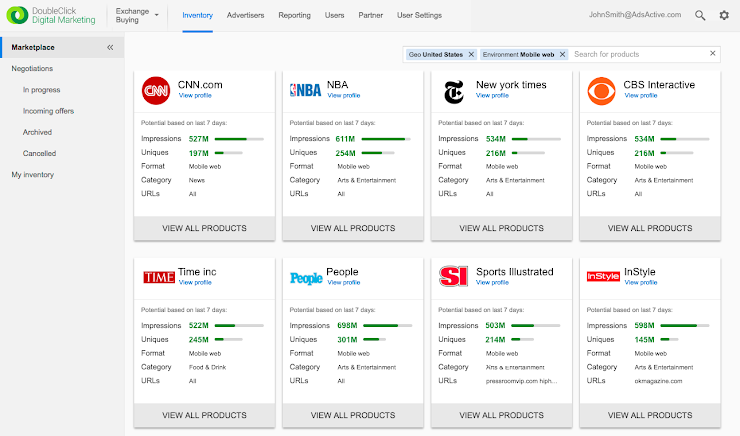The television industry is in the midst of a massive change. The rise of new content models and connected devices has led to more choice than ever--both for content creators and consumers. But with this choice and opportunity comes new challenges to solve as well.
I spoke to the TV industry at the Closing General Session of the National Association of Broadcasters Show. In the keynote I discussed the rebirth of TV and how we’re helping Broadcasters and Distributors with discovery, monetization and content creation.
Discovery
Announcing new ways to find where and when to watch your favorite shows.
There are now more ways to watch your favorite TV shows than ever before. This shift has some even saying that we’re in the “golden age” of television. And what we're seeing is that more and more, viewers are turning to their phones to find out what to watch, where to watch it and when it’s available -- in fact, searches for TV shows and films on mobile have grown more than 55% in the past year alone.
Last year we launched video actions in Search to help viewers find direct options to watch the shows they are looking for on programmer and distributors mobile apps and sites or stores like Google Play.
Today, I'm excited to announce that, coming soon, Google Search will have live TV listings. So now if you're looking for a movie or TV show like The Big Bang Theory, we'll not only show you the apps and sites where you can find the latest episode, but also show which channel you can turn your tv to later in the evening or week to catch it live.

Monetization
Announcing personalized TV ads with DoubleClick Dynamic Ad Insertion
Viewers no longer expect content personalized to them, they demand it. And that includes ads.
Today we are taking big steps to bring new addressable advertising capabilities to TV Broadcasters and Distributors by announcing DoubleClick’s Dynamic Ad Insertion. This makes ads hyper relevant for viewers across any screen that they watch. By creating individual streams for every viewer using server side ad insertion, we are able to deliver a better, more personalized viewing experience that looks and feels as seamless as TV today.
And not only will this work for both live and on-demand TV but it works across directly sold and programmatic.
We put this technology to the test with two of the highest rated TV events in the last year: the Rugby World Cup Finals on TF1, the leading network in France, and the Republican Presidential Debates on Fox News, a leading news network in the US. Politics and sports are pretty personal topics, so it’s only appropriate that TF1 and Fox News created a fully addressable viewing experience for the millions of viewers that tuned in using Dynamic Ad Insertion.
Announcing smarter TV ad breaks
Today we’re also announcing that DoubleClick for Publisher clients will soon be able to seamlessly enforce the level of control that has been firmly established in TV -- across all inventory, whether it was sold directly or indirectly. That means, we are able to honor competitive separation - so two automotive ads don’t appear in the same commercial break - and other rules like making sure an alcohol and children's cereal ad don’t appear in the same commercial break.
This has been major blocker to enabling programmatic to work for TV. And now you no longer need to turn down attractive opportunities from advertisers interested in transacting programmatically because of compliance concerns.
Announcing New TV Partners
DoubleClick is focused on building advertising solutions that meet the changing needs of the TV ecosystem. We’re proud of our longstanding partnerships with industry leaders like AMC Networks in the US and Globo in South America.
Today we add three more to the list: we’re happy to welcome MCN, Roku and Cablevision as partners. They’ve all signed on to use DoubleClick for Publishers to serve ads and monetize cross-screen TV and video content.
“As the conventional TV and digital video worlds converge, people are watching more content than ever across a variety of screens. At Cablevision, we’re focused on developing innovative solutions that deliver the best experience for our viewers in this new cross-screen world and unlocking new opportunities for our advertisers. We are enthusiastic about using Google's DoubleClick for seamless advertising delivery across our set-top boxes and connected devices. Together, we are enabling more personalized and relevant ads with addressable and dynamic ad insertion.”
- Kristin Dolan, Chief Operating Officer, Cablevision
Content creation
Announcing Autodesk collaboration to enable 10x improvement in rendering efficiency
Autodesk software has been behind the past 21 Academy Award winners for Best Visual Effects and we’re bringing this capability to Google Cloud Platform. Yesterday we announced (link) that Autodesk, maker of industry-leading 3D animation and modeling software, is collaborating with Google on a new cloud-based rendering solution called Maya® for Google Cloud Platform ZYNC Render. This allows artists to focus on creating incredible TV & movie content using the tools they already know, while shifting even the largest rendering jobs seamlessly to the cloud.
TV is the midst of a revival. And just like other media types which have been reimagined for the digital age like music, the arrival of this ‘new TV’ was preceded by change and tumult. But TV’s past was built on a rich history of creativity and innovation, and I’m incredibly optimistic that TV’s future will be as well. Our job is to help make that future become the present and we are excited to partner with the TV ecosystem to build it.
 | Posted by Daniel Alegre President of Global Partnerships, Google |










